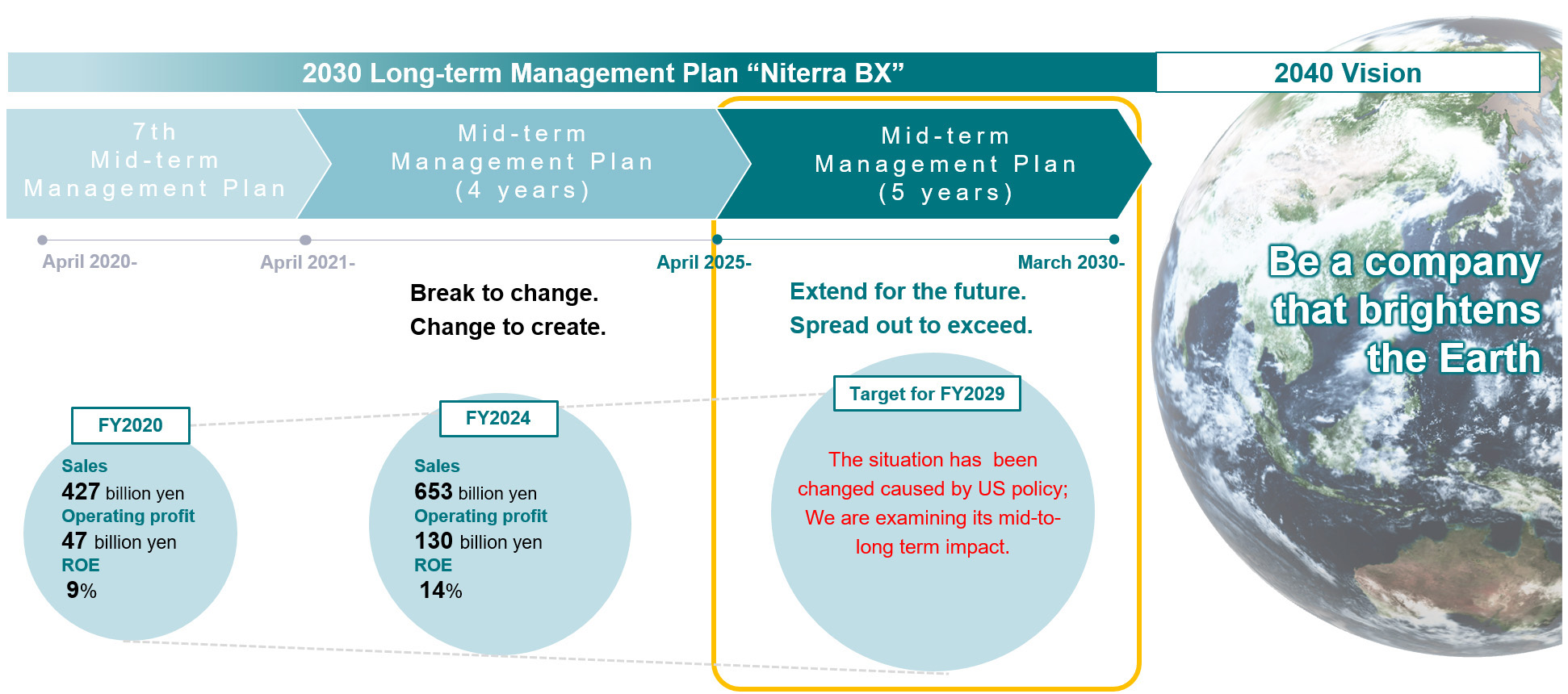
Please refer to the earnings presentation materials for information regarding the approach to the Medium-Term Management Plan for the fiscal years ending March 2026 to March 2030.
Medium-Term Management Plan for the Fiscal Years Ending March 2022 to March 2025 (3.8MB)